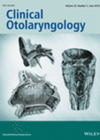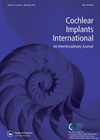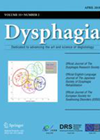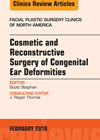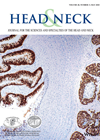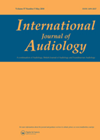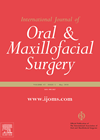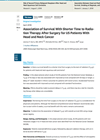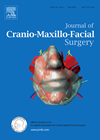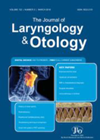
Journal Reviews archive for 2018
Red flag head and neck cancer symptoms
This was a prospective study of 1589 patients that were enrolled in the Scottish Audit of Head and Neck Cancer between 1999 and 2001. It recorded their presenting symptoms and assessed their long-term survival with respect to symptoms and subsites...
Milestones profile for children with cochlear implant
Over the last eight years, Nottingham auditory implant programme have developed and validated a profile of auditory milestones for use with children receiving bilateral cochlear implants under the age of two years. The structure of the Nottingham Auditory Milestones profile...
Grading dysphagia as a toxicity in treating head and neck cancer
Common Terminology Criteria for Adverse Events (CTCAE) is a system used by clinicians to grade the toxicity of oncology treatments in a standardised manner. Dysphagia is perhaps the most common long-term toxicity of head and neck cancer treatment. Currently, a...
Prominauris: Which surgical technique to use?
Otoplasty accounted for 3.2% of all plastic surgical interventions, and 2.6% worldwide in 2015. Patient satisfaction ranges above 95% for prominent ear correction despite the myriad of available techniques in the literature associated with highly variable outcomes. The authors split...
Measuring the ‘impact’ of preoperative immunonutrition
Using preoperative nutritional supplements as part of ‘enhanced recovery’ in surgical patients is not a new concept. This interesting paper looks at the latest development in optimising patients undergoing head and neck oncological surgery. Immunonutrition (Nestle’s ‘Oral Impact’ in this...
Applying ‘Sal classification’ to parotid cytology to replicate the success of the Thy classification system
The usefulness of the Thy classification in thyroid gland disease has led to attempts to generate a similar cytology classification for parotid lesions. However, the accuracy of fine-needle aspiration cytology in salivary gland disease is more variable because of the...
Tinnitus association with psychiatric and personality disorders
Tinnitus attracts large interest among researchers all over the world due to its negative psychological side-effects. This study aimed at investigating lifetime and current prevalence of psychiatric and personality disorders in patients with long-lasting and distressing tinnitus. Participants included 49...
CBT for tinnitus and hyperacusis
Finding an efficient treatment for tinnitus attracts the interest of researchers worldwide. Cognitive behavioural therapy (CBT) is one of the widely researched methods used in tinnitus management. The aim of this study was to investigate what proportion of patients complete...
Tranexamic acid and blood loss in bimaxillary surgery
This is a randomised double-blind placebo-controlled trial from Thailand to clarify the most effective dose of Tranexamic acid in reducing blood loss during a bimaxillary osteotomy. They confirmed that the dose of 10mg per kg is the most efficacious and...
Importance of the time interval between surgery and postoperative radiation therapy in head and neck cancer
The ideal time to start postoperative radiation therapy (PORT) in head and neck cancer patients has been an issue of debate. In the USA, the National Comprehensive Cancer Network (NCCN) recommends initiating radiotherapy within six weeks from surgery. The six-week...
Total lower lip reconstruction: a review
Total or near total defects of the lower lip may result from trauma, cancer ablation or congenital causes. Defects usually involve the full thickness and include skin, muscle and mucosa. There are a number of techniques for the one stage...
Multisystem pathology in refractory otitis media with effusion
Recurrent middle ear effusion is a common problem and so is rhinosinusitis with polyposis. It is not often thought that the problem could be linked to multisystem pathology, such as eosinophilic granulomatous with polyposis. Therefore, repeated grommet insertions and surgical...

